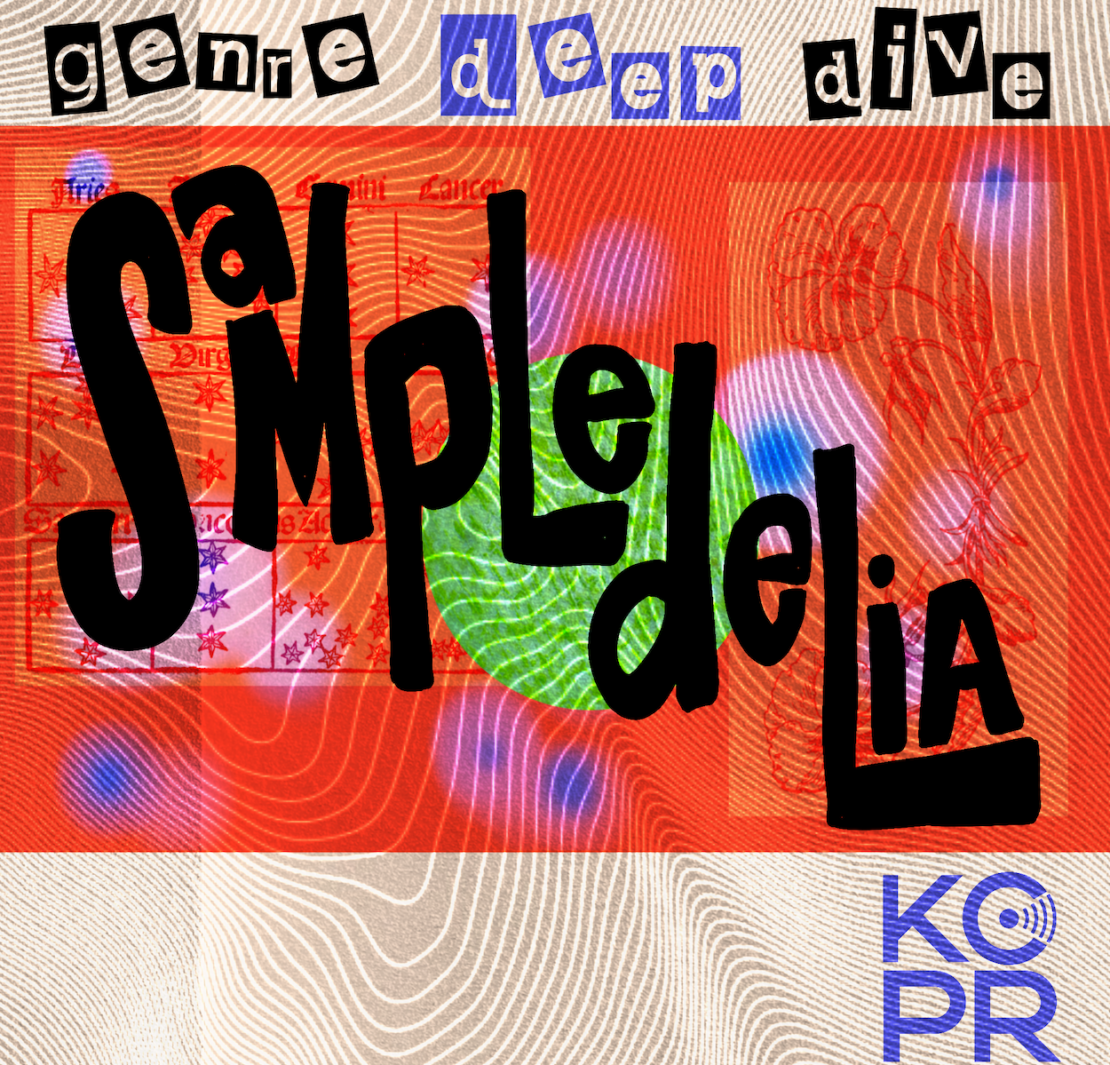In 1988, Japanese electronics company Akai and American audio engineer Roger Linn came together to build a machine that would change music forever.
In the early 1980s, there was a rise in sample-based drum machines that allowed an artist to record percussion sounds, and then place this percussion into a song. At the moment, this was essentially the extent of sampling — to use short pre-recorded sounds as a supplement in a larger piece.
However, the product of Linn and Akai’s collaboration, the Akai MPC-60, allowed users to sample any pre-recorded sound. It was also outfitted with a 4×4 grid of buttons that allowed its operator to play different samples like an instrument. Thus, samples were no longer just a supplement to the song, and an entire track could be built purely out of them.
The machine’s portability and relatively cheap cost compared to massive mixing boards gave far more people the ability to produce music and allowed those without traditional instrumental or music theory training to produce their own songs with relative ease.
These new tools proved to be especially groundbreaking in the worlds of hip-hop and electronic music, both genres that had only recently come into the mainstream at the time of the MPC’s creation.
Producer J. Dilla famously used the MPC to create his signature sound: beats with dusty off-kilter drums and woozy looping tracks. Dilla incorporated samples of old songs and recordings of everyday life, lending his work a uniquely hypnotic quality.
Sampling came to define Dilla’s career. Dilla’s final work, “Donuts,” is devoid of lyrics, and vocals are used in the ways that instruments traditionally would be. Any “lyrics” that can be heard throughout the album’s runtime are samples that have been incorporated into the larger melody of the song.
Composed entirely of samples, “Donuts” was an instrumental hip-hop album. However, it could be better defined as sampledelia, or plunderphonics, a genre where music is almost entirely sample-based, creating a dizzying collage of sounds.
While the inclusion of “plunder” in the word “plunderphonics” implies stealing, plunderphonics does not do so — it functions as musical recycling, a scrapbook of sorts. A song is broken down into its smallest parts, and plunderphonics artists stitch these together into something wholly new.
In 1996, DJ Shadow released “Endtroducing,” the first album composed entirely of samples. While attending UC Davis, DJ Shadow worked as a DJ for KDVS, the Davis student radio station. Experimenting with an MPC-60, Shadow took most of his samples from old and obscure records he found in record shop bins.
The album is defined by long, compositionally diverse tracks bookended by short interludes. While it could also be considered instrumental hip-hop, the tracks highlight the samples and the atmosphere they create, rather than construct tight and quick beats.
Despite this more psychedelic approach, “Endtroducing” is also rife with hip-hop conventions, such as record scratching and marching drum loops. It comes out as a deeply immersive piece that defies almost any genre conventions, and the purely sample-based composition creates a moody but nostalgic feeling, almost as if the album exists out of time.
While these aforementioned albums found their footing in hip-hop, electronic musicians have also created an incredible catalog of plunderphonics.
Fed up with the stale sounds of mainstream electronic dance music, Australian duo The Avalanches set out to create an album inspired by old dance music, particularly disco and funk. To achieve this, they took the art of sampling to its logical extreme, weaving together over 3500 samples to create their seminal debut “Since I Left You.”
Due to the massive amount of uncleared samples — sounds that are not produced by the sampling artist — the album was never intended to be released and instead functioned as a passion project for the artists.
The samples featured are incredibly diverse, ranging from massive string sections to thumping disco basslines and clips taken from old movies and advertisements lost to obscurity. These samples are so varied and numerous that they are often indiscernible within the tracks.
Within each track, The Avalanches combine pieces of audio that are separated by decades of time, thousands of miles and the defining walls of their respective genres. Using international music from different decades and genres allows the album to surpass all definitions of music, creating a holistically singular listening experience.
The scatter box array of sounds creates an incredibly surreal album, almost sounding like music from a dream. The beachy vibes and disco tropes that serve as an overarching backbone for the project make the listener feel as though they are at a beach party in the underworld. This feeling of nostalgia is exacerbated by the recalling samples used throughout the album where samples from one track are carried into the next, sometimes popping up hidden in the background of a totally different track.
It was due to this meticulous composition and layering that the album faced no legal trouble despite its vast use of illegal samples when The Avalanches eventually gave it a wide release. As they had not intended for this to happen, the duo got rid of the original demos and thus the list of samples. Even the creators themselves don’t know the full extent of samples used, and fans find new samples buried within the tracks to this day.
The duo treats samples like cherished memories from days long gone, proving that sampling isn’t theft, but almost a love letter to music itself. Samples present a unique opportunity for artists to pay homage to the past and repurpose these sounds to create something totally original.


